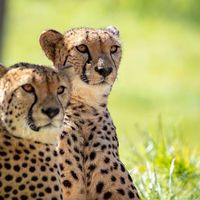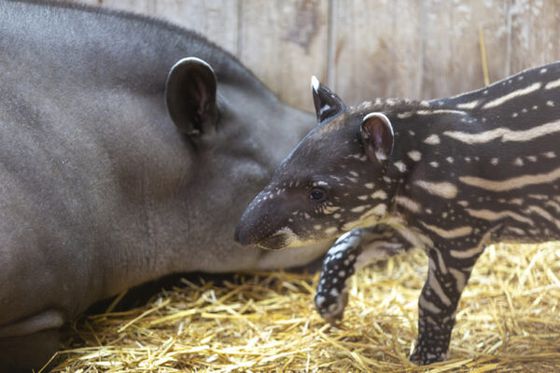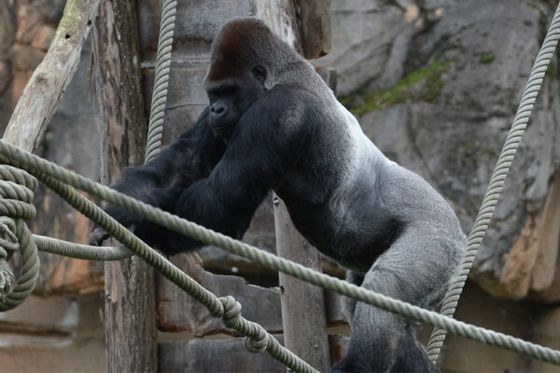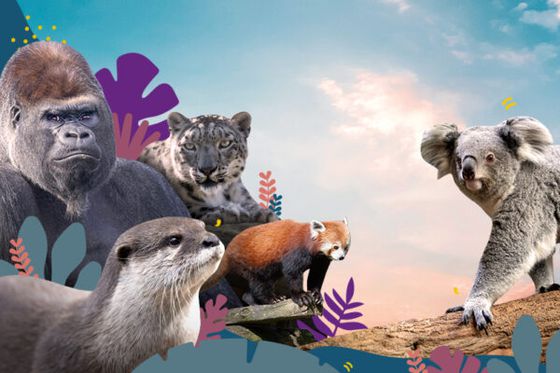« The most athletic of the felines »
Unique physical characteristics
Well known as the king of speed, the cheetah has some extraordinary attributes
The cheetah is a carnivorous mammal and is the most athletic of the felines. Native to Africa and western Asia, this predator is part of the Felidae family and has a combination of attributes that no other animal possesses: a slender body with a skeleton that is designed for speed, a long tail to provide balance, long legs with non-retractable claws to provide excellent grip on the ground, and a spotted coat to blend in with its surroundings… The cheetah is an outstanding hunter whose main advantages over its prey are its speed (it can reach top speeds of nearly 70 mph), and agility.
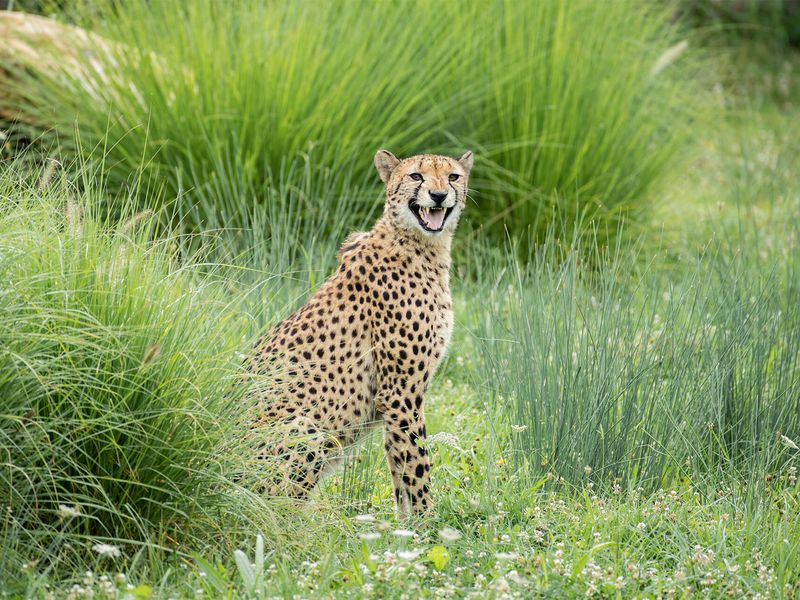
Did you know?
Beauval’s cheetah brotherhood
The “Cheetah Territory” was created in 2018 to accommodate this new species at the ZooParc. It includes 6,000 m2 of land on which our 6 males (all brothers or half-brothers) can indulge in their favourite activity (apart perhaps from taking naps): running!
Communication
The Beauval Nature association supports a research programme on cheetah vocalisations. Though better known for their physical capabilities, these felines have developed a distinctive social system and a complex vocal repertoire.
Cheetahs employ growls, purrs, chirps, meows, and howls to communicate; with the type of vocalisation used changing depending on the context. This ongoing study aims to determine what these vocalisations mean.
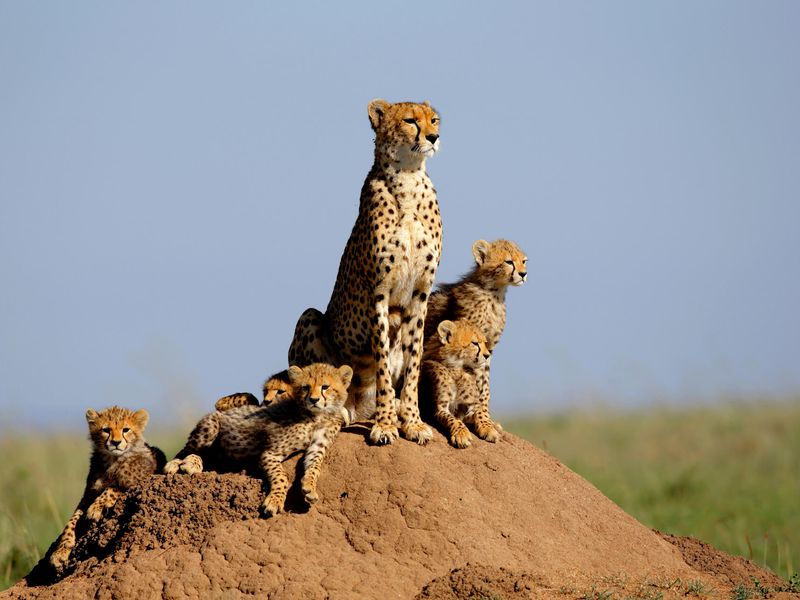
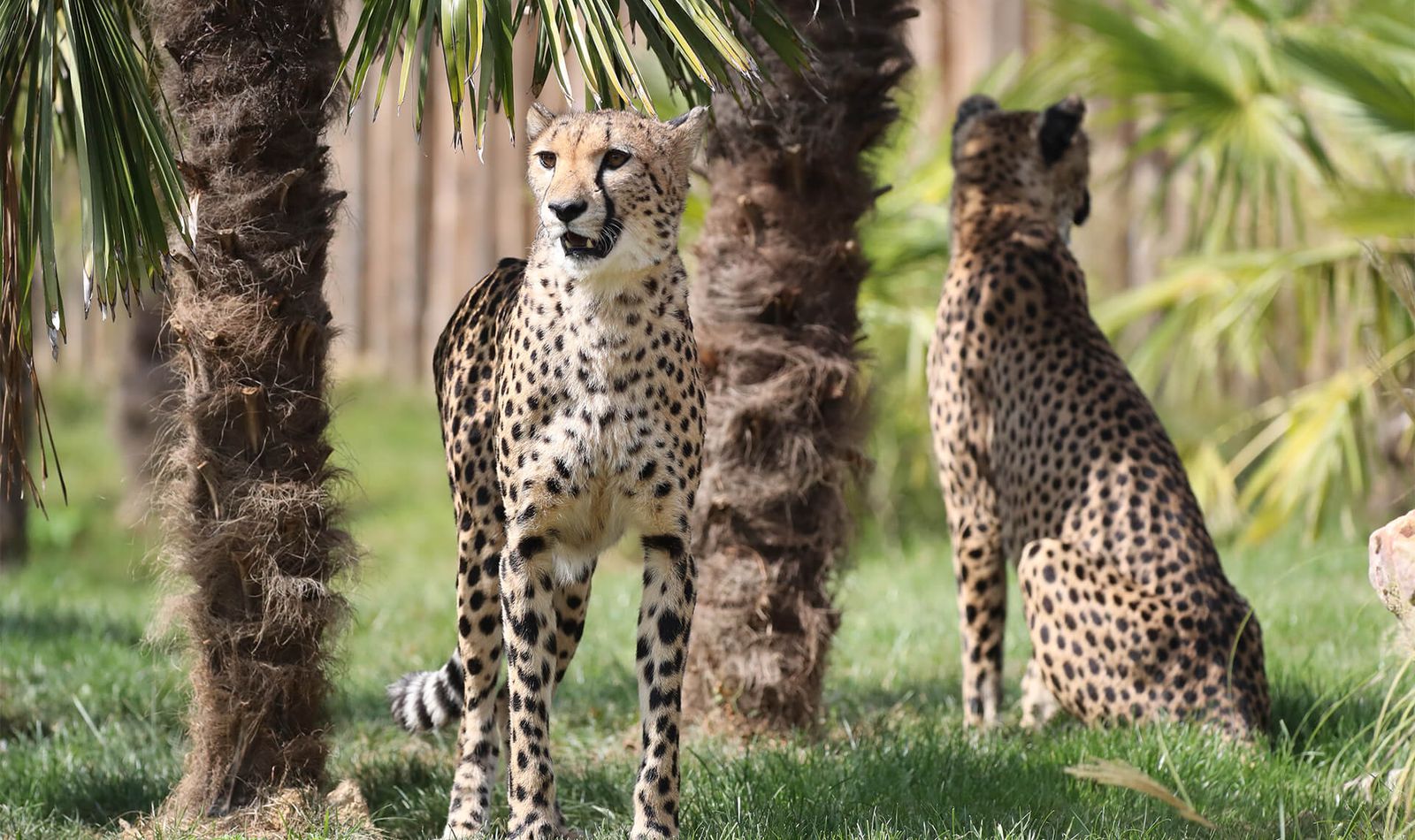

Sponsor our cheetahs
Establish a strong bond with your favourite animal whilst supporting conservation programmes through the Beauval Nature association!
Vulnerable
Learn more about the species
-
CarnivoreDiet
-
3 monthsGestation period
-
1 to 6 youngLitter size
-
Deserts, Savannahs, PasturesHabitat
An unusual social system
Cubs in danger
Domesticated animals

Take full advantage of the experience thanks to our mobile application!
Find out more


